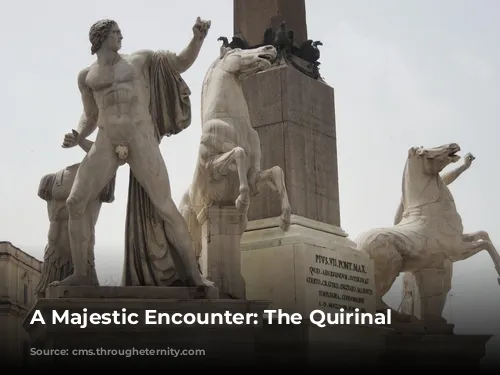Imagine yourself ascending Rome’s Quirinal Hill, a gentle climb that rewards you with a breathtaking vista. From the sprawling Piazza del Quirinale, a magnificent panorama unfolds. To the left, a shimmering tapestry of rooftops and domes stretches out towards the distant St. Peter’s Basilica, particularly awe-inspiring at sunset. On the right, the imposing Palazzo del Quirinale, former papal summer residence and now home to the Italian president, commands attention. But it’s the immense fountain at the square’s heart that truly captures your gaze.
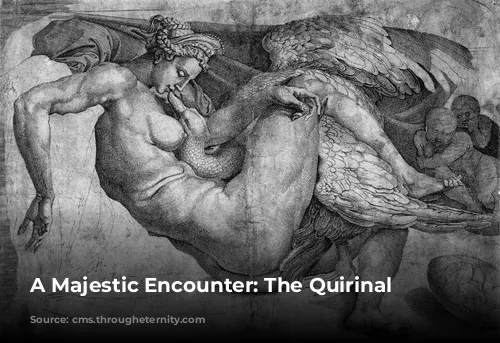
The Enigma of the Quirinal Twins
Two powerful, naked young men, each holding a rearing horse by the reins, stand proudly flanking a towering ancient Egyptian obelisk. Their nudity is further accentuated by the discarded armor resting against their bodies. Who are these captivating figures, and why are they so prominently displayed on the Quirinal Hill?
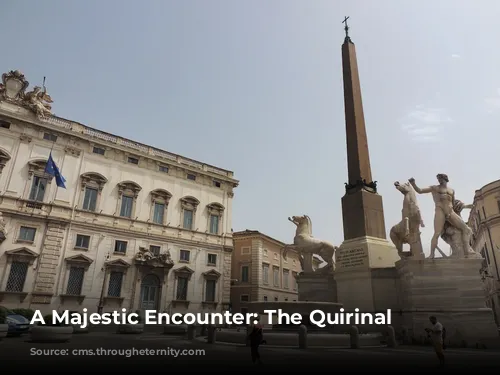
Unveiling the Mythical Duo
The most plausible explanation is that they represent Castor and Pollux, the legendary twin half-brothers, known as the Dioscuri in Greek and Roman mythology. Castor, a mortal, was born to Leda and Tyndareus, the king of Sparta, who also gave birth to the famously beautiful Helen of Troy. However, Leda’s attractiveness caught the eye of the lustful Zeus, who descended from Mount Olympus disguised as a swan to seduce her. This unconventional union resulted in the birth of the divine Pollux, born simultaneously with Castor in a rare instance of heteropaternal superfecundation, possibly through a giant egg, according to some ancient texts.
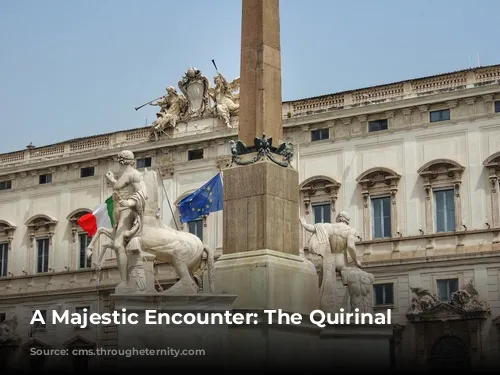
A Bond Forged in Divinity
After years of shared adventures, Castor tragically met his demise during a cattle raid. Pollux, in a selfless act of love, bestowed upon his mortal brother half of his divinity. This act ensured that the inseparable twins could remain together for eternity, spending half their time in the underworld and half on Mount Olympus.
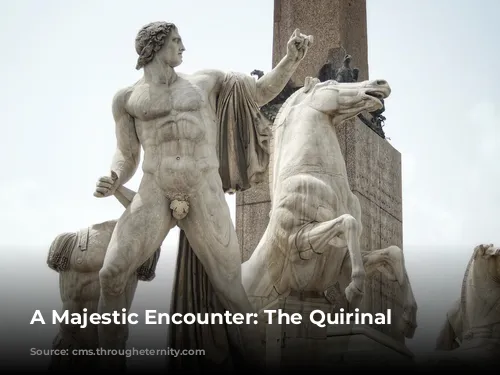
The Dioscuri: Symbols of Strength and Skill
Castor and Pollux were renowned for their horsmanship and boxing prowess. Homer even describes them as “horse breakers and boxers.” This association is reflected in their depictions, almost invariably alongside their mounts. Beyond the Quirinal Hill group, the Dioscuri reappear in Rome as guardians of the ramp leading to the Capitoline Hill, a creation by Michelangelo. However, as one of the few ancient sculptural groups to have never been buried or lost, the Quirinal Twins have had a profound impact on Rome’s artistic imagination.
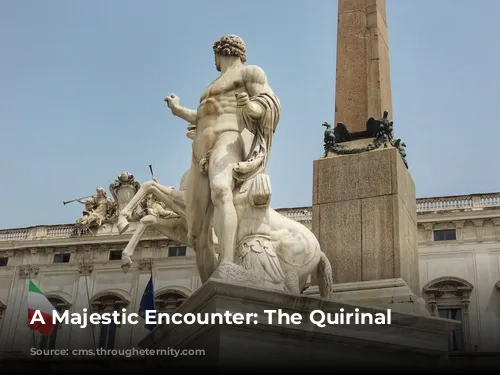
A Monumental Journey Through Time
These monumental horse tamers date back to the 3rd century AD and were originally placed in the Temple of Serapis, which once stood on the Quirinal Hill. After a devastating earthquake in 443 AD, the statues were moved to the Baths of Constantine, located nearby, and remained there for centuries. This move gave rise to the area’s nickname, Monte Cavallo, or the Hill of the Horse.
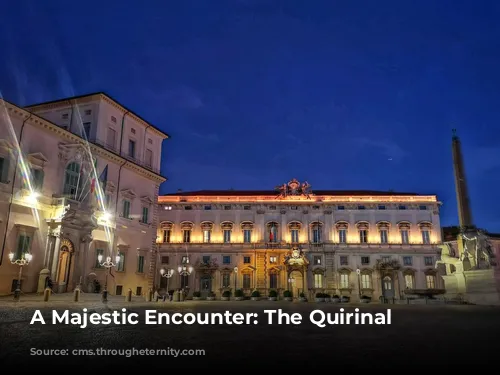
A Legacy of Misinterpretation
The Quirinal Dioscuri, due to their imposing size and excellent preservation, were amongst the most famous ancient sculptures in medieval Rome. Their true identity was lost to time, and the handsome youths were mistaken for a pair of nudist Greek philosophers, Praxiteles and Phidias.
The confusion arose from the names carved on the bases of the statues. However, these inscriptions actually refer to the two most renowned sculptors of ancient Greece, not the philosophers. It appears an unknown individual inscribed their names in an attempt to associate the sculptures with these masters of antiquity.
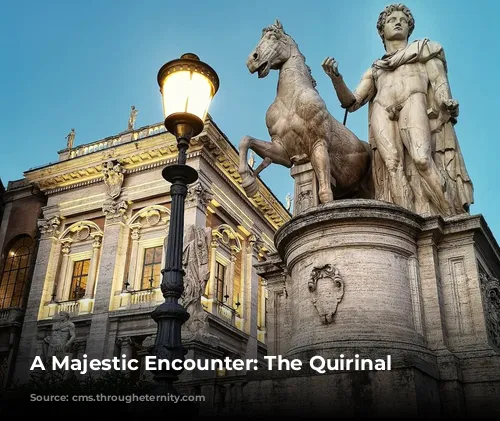
The Myth of Praxiteles and Phidias
The Mirabilia Urbis Romae, a medieval guidebook to Rome filled with fascinating tales, offers an imaginative explanation for the inscriptions. The book recounts a story where Praxiteles and Phidias, disdainful of material possessions, refuse to wear clothes. They offer their services to Emperor Tiberius, requesting a memorial sculpture in exchange instead of payment. Tiberius agrees, and the rearing horses, trampling the earth, were added to symbolize the pair’s disregard for earthly wealth and power.
A Shifting Narrative
Throughout the centuries, the interpretation of the Quirinal Twins changed with shifting tastes and perspectives. During the Renaissance, the Praxiteles and Phidias story lost its appeal, and the figures were widely believed to be a twin portrait of Alexander the Great and his loyal steed Bucephalus, or later, Alexander and his father, Philip of Macedon. However, by the time the Quirinal underwent redevelopment in the 18th century, the twins were generally recognized as Castor and Pollux, the mythical horse tamers.
A Legacy of Papal Vision
The current placement of the Dioscuri at the foot of the obelisk is due to the efforts of two popes known for their enthusiasm for urban renewal. Sixtus V commissioned the sculptures’ restoration in the 1580s, placing them on high pedestals and adding a fountain basin between them. Pius VI, in the 18th century, further transformed the square by relocating one of the fallen obelisks from the Mausoleum of Augustus and re-erecting it at the center of the Dioscuri group. They remain, to this day, dominating one of the most impressive squares in the Eternal City.
The Quirinal Twins, a captivating blend of ancient mythology and artistic ingenuity, stand as a testament to Rome’s enduring history and architectural grandeur. Their enduring presence adds an extra layer of intrigue to this iconic city, inviting visitors to explore the mysteries of its past.
